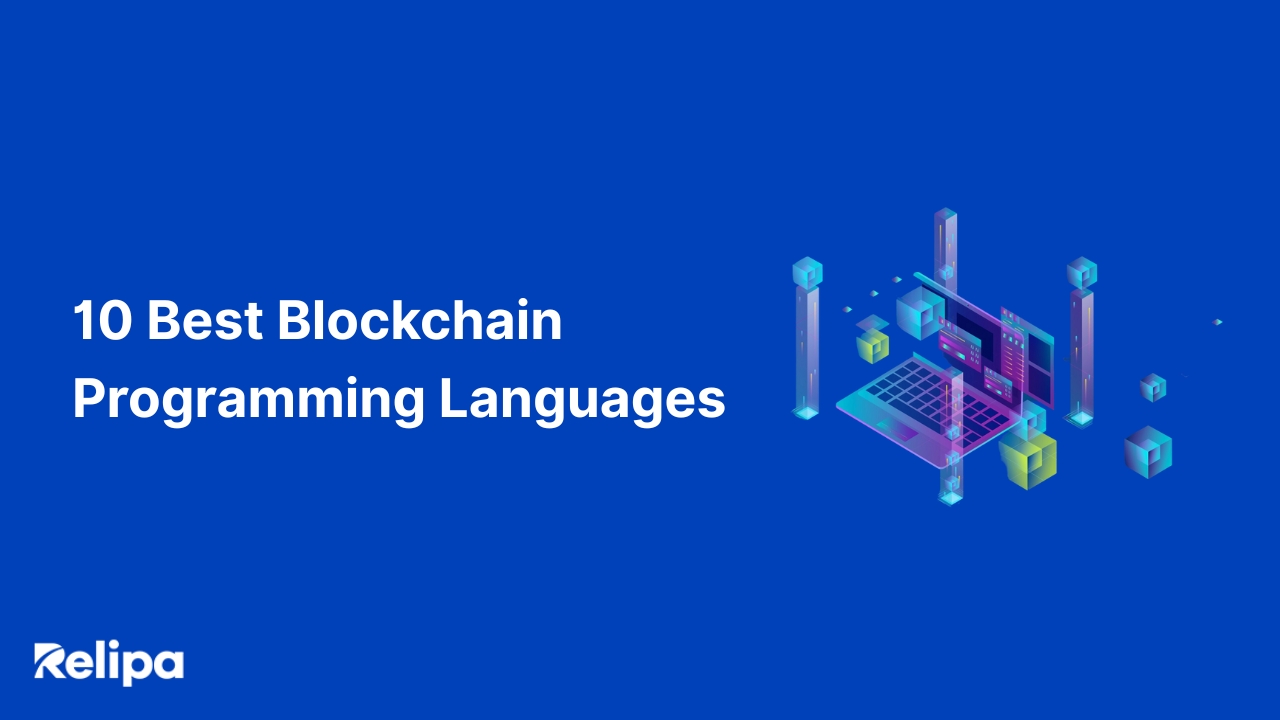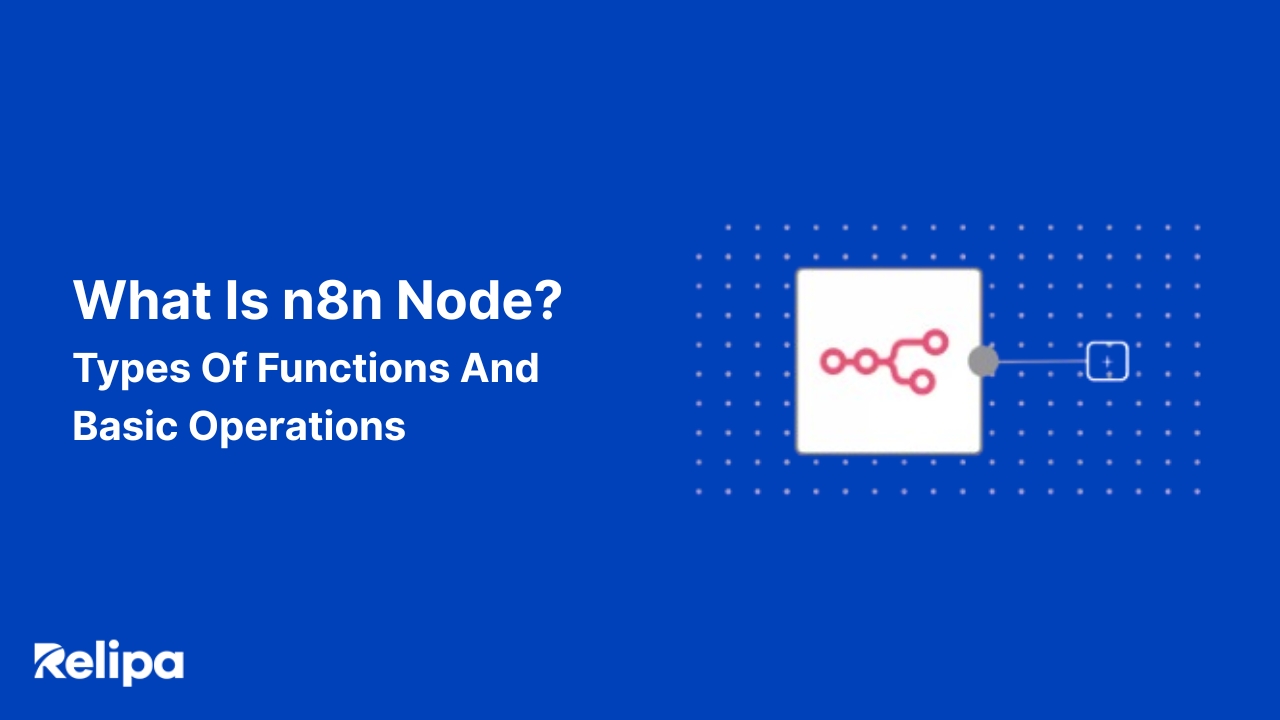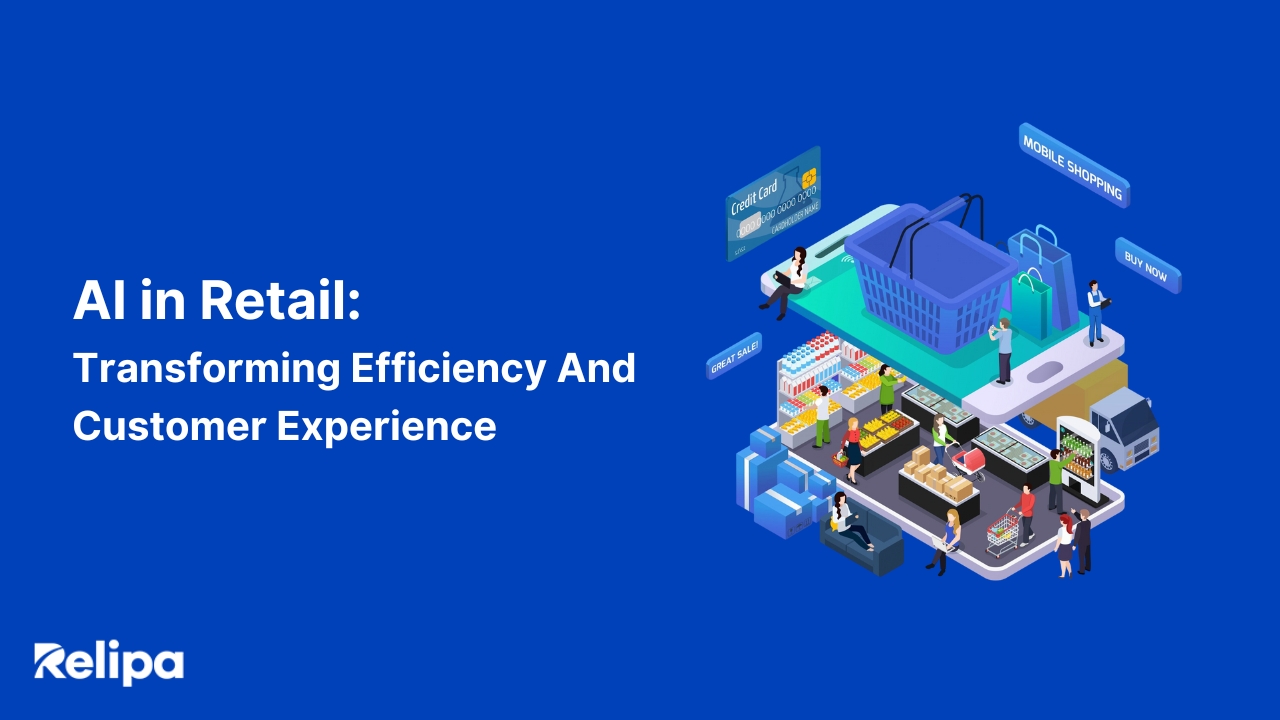Top 10 Best Blockchain Programming Languages
Behind every blockchain project lies a crucial decision: which blockchain programming language to use. Unlike traditional software development, where you might switch frameworks or refactor code later, blockchain applications are immutable once deployed. That means a single error in code can lead to vulnerabilities, hacks, or even the permanent loss of millions of dollars.
This is why the choice of Blockchain Programming Languages matters so much. The right language influences the performance, scalability of your application, and its security, developer productivity and long-term sustainability. In this blog, we’ll dive deep into why your choice of Blockchain Programming Languages is so important, and present the top 10 best options developers are using today.
Why Choosing the Right Language Matters
Think of programming languages as the DNA of your blockchain project. Pick the right one, you’ll have a system that’s secure, fast, and easy to grow. Pick the wrong one, and you may face costly challenges down the line. Here’s why the choice matters:
Security is non-negotiable
Smart contracts are immutable once deployed. Unlike traditional applications, where bugs can be patched later, errors in blockchain code may lead to lost funds or exploited vulnerabilities that cannot be reversed. Certain blockchain programming languages like Vyper and Move were specifically designed to reduce risks by simplifying syntax, enforcing stricter, safety rules, or introducing resource-oriented models that prevent common pitfalls.
Performance and cost efficiency
The underlying language influences how fast transactions are processed and how much they cost. System-level languages such as Rust or C++ deliver high throughput and low latency, which can be critical for Layer 1 blockchains handling thousands of transactions per second. By optimizing performance at the code level, these languages also can help reduce transaction fees and improve user experience.
Ecosystem and tooling support
The availability of tools and frameworks directly affects developer productivity. For example, Solidity benefits from a rich ecosystem of IDEs, testing frameworks, and libraries (like Hardhat, Truffle, and OpenZeppelin), making it easier to write, test, and deploy contracts. Similarly, Rust developers building on Solana can leverage the Anchor framework for faster and safer smart contract development. A strong ecosystem can save months of effort and dramatically lower the chance of errors.
Developer availability and hiring
Even the best language is impractical if you cannot find developers to use it. Popular languages like JavaScript and Python have vast talent pools, making it easier and more affordable to hire developers or scale a team. In contrast, highly specialized languages such as Rust, Haskell, or Move may offer superior technical benefits but come with higher recruitment costs and longer onboarding times. This trade-off between technical strength and team scalability should not be underestimated.
Chain compatibility and ecosystem fit
Different blockchains are tied to different languages. Ethereum and most EVM-compatible chains rely on Solidity, Aptos and Sui require Move, and the Internet Computer leverages Motoko. Choosing a language that aligns with the target ecosystem ensures seamless integration with available libraries, SDKs, and developer communities. Picking the wrong one can mean building in isolation. This often leads to higher costs and longer timelines.
Top 10 Best Blockchain Programming Languages
Here’s an in-depth look at the most widely used Blockchain Programming Languages today, including what makes each one unique, along with their advantages, drawbacks, and ideal use cases.
Solidity
Solidity is the most widely adopted smart contract language, designed specifically for Ethereum and other EVM-compatible blockchains. It has become the default choice for DeFi, NFTs, and DAOs.
- Features
+ Statically typed language designed for smart contracts
+ Supports inheritance, modifiers, and events for modular programming
+ Compiles directly to EVM bytecode for on-chain execution
- Pros
+ Massive ecosystem support: Countless tutorials, frameworks (Hardhat, Truffle), and audit tools make development faster and safer
+ Wide adoption: Works across Ethereum and EVM-compatible chains (Polygon, BNB Chain, Avalance, etc.), ensuring high interoperability
+ Mature auditing culture: Extensive history of security audits, bug bounties, and best practices guides to avoid common pitfalls
- Cons
+ Security risks: Improper coding can still expose vulnerabilities such as reentrancy or integer overflow
+ Still evolving: Frequent compiler updates may create compatibility issues
+ Complex for beginners: Requires a solid grasp of blockchain mechanics (gas fees, transaction structure)
- Best for
+ DeFi protocols like Uniswap, Aave, Compound
+ NFT marketplaces such as OpenSea
+ DAOs and governance mechanisms on Ethereum/EVM chains
Rust
Rust has become the go-to choice for next-generation, performance-driven blockchains like Solana, Polkadot, and NEAR. Known for its speed and safety, Rust enables developers to build highly efficient blockchain networks that can handle thousands of transactions per second.
- Features
+ Ownership and borrowing system ensures memory and thread safety
+ Zero-cost abstractions provide high-level syntax without sacrificing performance
+ Built-in concurrency support, critical for blockchain scalability
- Pros
+ High performance: Compiled to native machine code, allowing blockchains like Solana to achieve sub-second finality
+ Memory safety without garbage collection: Ownership model prevents bugs like null pointer dereferences or buffer overflows
+ Strong community in Web3: Rust is widely used in Substrate (Polkadot), Solana, and other cutting-edge ecosystems
- Cons
+ Steep learning curve: The strict compiler rules can be intimidating for newcomers
+ Smaller developer pool: Fewer Rust developers available compared to JavaScript or Python
+ Tooling complexity: While powerful, frameworks like Anchor (Solana) can take time to master
- Best for
+ High-throughput Layer 1 blockchains (Solana, NEAR, Polkadot).
+ Performance-critical blockchain components such as consensus algorithms.
+ Developers aiming to balance safety with cutting-edge scalability.
Go (Golang)
Go, created by Google, has quickly become a staple for blockchain infrastructure development. Its simplicity, strong concurrency support, and fast execution make it a popular choice for building blockchain nodes and enterprise-grade systems.
- Features
+ Garbage-collected, statically typed language
+ Built-in concurrency model designed for distributed systems
+ Cross-platform support with simple compilation and deployment
- Pros
+ Concurrency built-in: Go’s goroutines and channels make it excellent for handling thousands of simultaneous blockchain transactions
+ Ease of deployment: Compiles into small, static binaries that are fast to deploy across servers
+ Enterprise adoption: Trusted by Hyperledger Fabric and other enterprise blockchain projects
- Cons
+ Not ideal for smart contracts: Go is rarely used for on-chain logic, limiting its dApp development use
+ Less flexible than Rust or C++: For low-level blockchain components
+ Smaller blockchain developer community: Smaller compared to Solidity or JavaScript
- Best for
+ Building blockchain nodes and clients
+ Enterprise blockchain solutions like Hyperledger
+ Backend infrastructure for high-reliability blockchain systems
Python
Python is one of the world’s most popular programming languages, and while it’s not typically used for high-performance on-chain contracts, it plays an important role in the blockchain ecosystem. Developers use Python for testing, automation, analytics, and blockchain tooling, making it a versatile choice.
- Features
+ Supports scripting, automation, and testing frameworks for blockchain
+ Highly portable across different platforms
+ Integration with machine learning and data science, useful for blockchain analytics
- Pros
+ Beginner-friendly: Clear syntax and readability make it easy to learn
+ Vast library ecosystem: From data analysis (Pandas, Numpy) to blockchain-specific packages (web3.py, Brownie)
+ Great for prototyping: Allows rapid proof-of-concept development before production
- Cons
+ Slower execution speed: Compared to compiled languages like Rust or C++
+ Not suited for high-performance smart contracts: Due to limited efficiency
+ Dependency on third-party packages: May introduce compatibility issues
- Best for
+ Rapid prototyping and proof-of-concept blockchain apps
+ Writing blockchain automation tools and bots
+ Off-chain analytics and blockchain monitoring systems
JavaScript
JavaScript is the backbone of the web, and by extension, a crucial language for blockchain development. It’s especially valuable for front-end dApps, wallet integrations, and interacting with blockchain networks via libraries like web3.js and ethers.js.
- Features
+ Runs on both client and server with Node.js
+ Asynchronous programming model supports real-time blockchain interactions
+ Works seamlessly with APIs, wallets, and blockchain libraries
- Pros
+ Massive developer community: Millions of JS developers make hiring easier
+ Perfect for front-end blockchain apps: Thanks to browser compatibility
+ Strong ecosystem: Web3.js, ethers.js, and many SDKs simplify blockchain interaction
- Cons
+ Dynamic typing issues: Bugs may go unnoticed until runtime
+ Not designed for blockchain core logic: Like consensus or performance-critical systems
+ Security risks: Vulnerabilities in dApps frontends can still compromise users.
- Best for
+ Building dApp frontends and wallet UIs
+ Writing blockchain SDKs and APIs
+ Enabling seamless Web3 integrations with websites and apps
TypeScript
TypeScript is essentially JavaScript with static typing, offering more reliability for large-scale blockchain projects. It has quickly gained popularity in the Web3 community for SDKs, wallets, and developer tools.
- Features
+ Adds optional static typing to JavaScript
+ Fully compatible with JavaScript libraries and frameworks
+ Ideal for large projects requiring strong maintainability
- Pros
+ Type safety: Reduces runtime bugs and makes code easier to maintain
+ Strong tool support: Autocompletion, refactoring, and error-checking in modern IDEs
+ Adoption by major Web3 projects: Used for professional-grade SDKs and dApps
- Cons
+ Requires compilation step: Before execution, adding some complexity
+ Learning curve for JS developers: Who aren’t used to static typing
+ Extra setup overhead: Compared to plain JavaScript
- Best for
+ SDK and API development in blockchain ecosystems
+ Large-scale dApps with multiple contributors
+ Wallet applications and professional Web3 tooling
C++
C++ is one of the oldest and most powerful programming languages, and it played a crucial role in the birth of blockchain technology. Bitcoin core, the reference implementation of Bitcoin, was written in C++, demonstrating the language’s ability to handle low-level system tasks with precision and efficiency.
- Features
+ Runs on both client and server with Node.js
+ Asynchronous programming model supports real-time blockchain interactions
+ Works seamlessly with APIs, wallets, and blockchain libraries
- Pros
+ High performance: Compiles directly to machine code, offering unmatched execution speed
+ Fine-grained memory control: Allows developers to optimize blockchain components for efficiency
+ Battle-tested: Used in early blockchain projects, including Bitcoin and EOS
- Cons
+ Complex syntax: Steep learning curve compared to modern languages
+ Risk of memory management bugs: Improper handling may lead to vulnerabilities
+ Slower development cycles: Writing and maintaining C++ code takes more time
- Best for
+ Core blockchain protocols and consensus mechanisms
+ Performance-critical infrastructure like Bitcoin Core
+ Mining software and node implementations
Java
Java is a trusted enterprise language with decades of use in mission-critical systems. Its platform independence and strong ecosystem have made it a popular choice for enterprise blockchain projects like Hyperledger Fabric
- Features
+ Object-oriented, strongly typed language
+ Runs on JVM, ensuring platform independence
+ Excellent support for enterprise-grade applications
- Pros
+ Verbose syntax: Can slow down development compared to modern languages like Kotlin
+ Less trendy: In the blockchain startup space, compared to Rust or Solidity
+ Lower community focus on Web3: Compared to JavaScript or Python
- Best for
+ Enterprise blockchain framework (Hyperledger, Corda)
+ Android crypto applications
+ Large–scale enterprise blockchain systems
Vyper
Vyper is a contract-oriented language created as a simpler and safer alternative to Solidity. Its syntax is inspired by Python, making it more accessible to developers while removing risky features to enhance security.
- Features
+ Strong emphasis on human-readable code
+ Built-in protections against common smart contract bugs
+ Designed to minimize complexity in contract design
- Pros
+ Security-focused: Removes features like modifiers and inheritance to reduce attack vectors
+ Readable syntax: Simple, Python-like structure for easier auditing
+ Ethereum compatibility: Compiles to EVM bytecode like Solidity
- Cons
+ Smaller ecosystem: Lacks the wide tooling available for Solidity
+ Limited features: Intentionally restrictive, which may frustrate experienced developers
+ Lower adoption: Fewer projects and developers compared to Solidity
- Best for
+ High-security Ethereum smart contracts
+ Projects prioritizing safety over flexibility
+ Teams that want a simpler alternative to Solidity for EVM chains
Move
Move is relatively new smart contract language originally created for Meta’s Diem project, now powering Aptos and Sui blockchains. Its resource-oriented programming model introduces a new paradigm for blockchain security and contract execution.
- Features
+ Runs on both client and server with Node.js
+ Asynchronous programming model supports real-time blockchain interactions
+ Works seamlessly with APIs, wallets, and blockchain libraries
- Pros
+ Resource-oriented design: Treats digital assets as first-class resources, reducing bugs like double-spending
+ Strong safety guarantees: Prevents many common vulnerabilities found in Solidity
+ Growing adoption: Actively used by Aptos and Sui, two rising Layer 1 platforms
- Cons
+ New and less mature: Still building its ecosystem and tooling
+ Limited developer pool: Relatively few developers have expertise in Move
+ Restricted to specific ecosystems: Primarily Aptos and Sui
- Best for
+ Projects on Aptos and Sui ecosystems
+ Developers focused on asset safety and secure contract design
+ Experimental Layer 1 projects pushing for new models of security
Conclusion
Blockchain development doesn’t begin with code, it starts with the choice of language. That decision shapes everything that follows, how you secure your contracts are, how fast your network runs, how easily you can attract talent, and how well your system grows over time.
There may never be a single “perfect” blockchain development language, but that is precisely what makes the field so exciting. There is no universal winner, only the right fit for the right project.
Get in touch with Relipa for more insights about blockchain technology!





